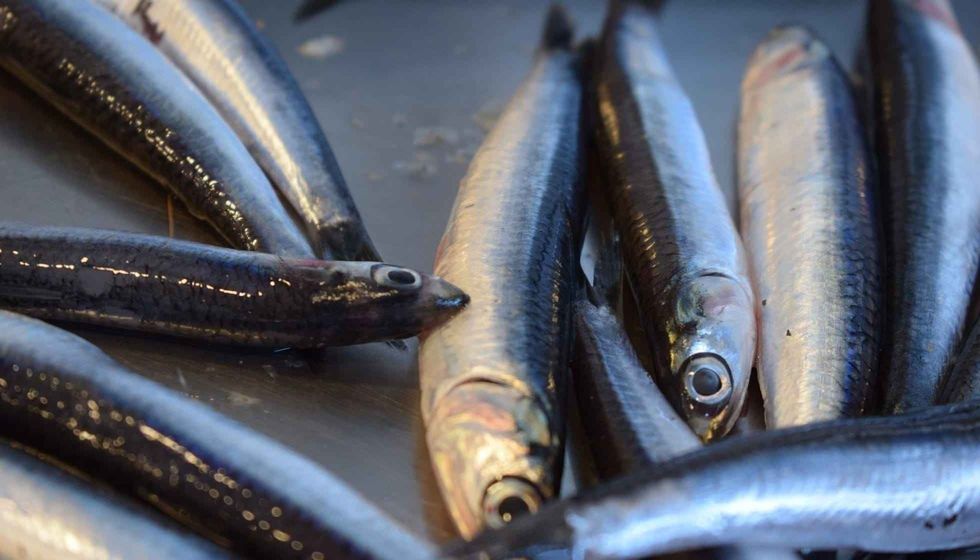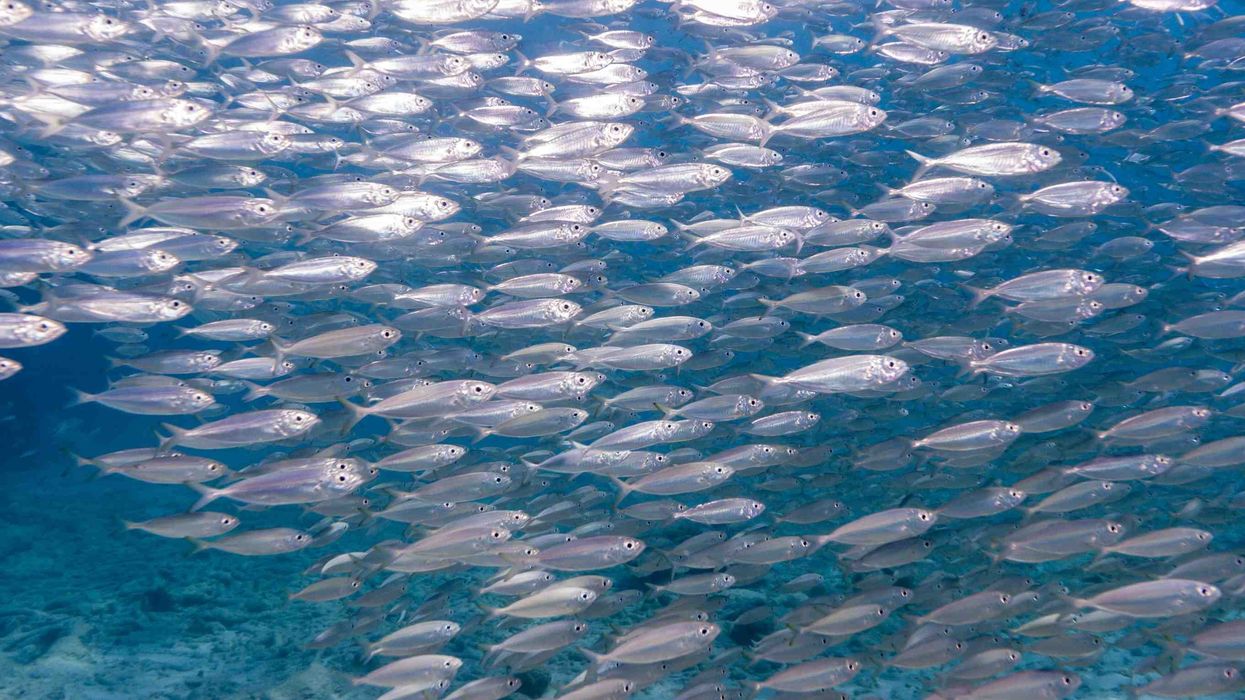Herring is a familiar fish to many of us. A herring is a young fish of the family Clupeidae that is abundantly found on this planet.
Herrings are a favorite edible fish for many people all over the world. On a commercial scale, their are many fisheries where herring spawn is used for various types of purposes including human consumption or fishing.
The total production of herring fisheries fluctuate greatly every year. Whether it be in a fishery or in open seas, female herrings can lay between 20,000-40,000 eggs in one go as they move shoreward to spawn. Male herrings fertilize the eggs in the water by discharging their sperms simultaneously as the females lay the eggs.
The gestation period of herrings ranges between 30-30 days. Fishermen catch herrings using special fishing nets and harvest them for their flesh and skin.
If you are someone who is interested in fishing, here are some interesting facts about fishes of herring species. So, let's have a look at some of the herring facts below. You may also look at swai fish facts and skate fish facts if you wish to know more about different aquatic creatures.
Herring Interesting Facts
What type of animal is a herring?
A herring is a type of forage fish found in temperate waters. These fishes have three species such as Atlantic herring, Baltic herring, White Sea herring.
What class of animal does a herring belong to?
A herring belongs to the Actinopterygii class of the fishes. Herrings spawn at distinct times of a year, depending on the species and the water temperature.
How many herring are there in the world?
There are said to be four billion herring fishes in one school of the North Atlantic Ocean. These fishes are found in abundant amounts. So, there can be billions of herrings in the world.
Where does a herring live?
A herring fish lives in the temperate water of the North Pacific ocean, North Atlantic Ocean, Baltic Sea and the West Coast of South America.
What is a herring's habitat?
These fishes swim up to 1300 ft below the surface of the ocean. During the day, these fishes stay in deep waters, and at the time of dusk, they come back to the surface of the ocean.
Who do herring live with?
Herrings travel and live in groups called Schools. A school of herrings in the North Atlantic ocean can have four billion herring fishes in it.
How long does a herring live?
The average lifespan of a herring is 12-16 years.
How do they reproduce?
Herrings can lay eggs in December and midsummer. The time of laying eggs depends on the temperature and latitude. A female herring can lay up to 40,000 eggs. The eggs laid are deposited on rocks or seaweed. These eggs then hatch after two weeks.
What is their conservation status?
These fishes are abundantly found in the North Pacific Ocean, North Atlantic Ocean, Baltic Sea, and the West Coast of South America. And neither do these fishes are facing any threat of being endangered. So, their conservation status is of the least concern.
Herring Fun Facts
What do herring look like?
A herring is a thin fish. The length of the fish is a couple of times more than its depth.
The fish can be dark blue or dark blue-green with a mix of black in color. The snout of the herring is blackish blue, and the sides are silver in color. The lower jaw of the fish is placed a bit forward than the upper jaw.
How cute are they?
These fishes are not very cute in their facial appearance but their tiny size make them look a bit cute.
How do they communicate?
Herring fishes have a unique way of communicating as these fishes communicate through farts. The farting sound helps them to communicate during the night and without alerting any predator.
How big is a herring?
The size of a herring depends on the subspecies, an Atlantic herring (C. h. harengus) is 18 in long, Pacific herring can grow about 15 in long, and the Baltic herring (Clupea harengus membras) is 6-8 in long.
How fast can a herring swim?
A herring can swim at a speed of 2.3-4.4 ft per second.
How much does a herring weigh?
On an average, a herring can weigh 1.5 lb or 700 g. The weight of a herring can vary depending upon the subspecies.
What are their male and female names of the species?
There is no distinctive name allotted to the male and female fish species. They will simply be called a male herring fish and female herring fish.
What would you call a baby herring?
A baby herring will be called a fry of fingerling.
What do they eat?
A herring is a carnivore fish that eats small organisms such as copepods, pteropods, planktonic crustaceans, fish larvae.
Are they dangerous?
No, they are not at all dangerous to humans.
Would they make a good pet?
This fish is generally not kept as a pet, but if you do so then they can make a good pet too.
Did you know...
Eating a pickled herring is not bad, but it can cause high blood pressure and risk of heart attacks.
Do people eat herring?
Yes, humans eat herring, and it is completely safe to eat. A herring is considered a very good source of protein and omega 3 fatty acids. Because of its various nutritious feature, this fish is commonly consumed.
Differences and similarities with other common fish
Atlantic mackerel and Atlantic herring share the same type of habitat and kingdom, but these fishes are different in their genus family and nutritious values. A mackerel is slightly bigger and heavier than a herring.
A herring weighs around 700 g, while a mackerel can weigh between 1.9-3.4 kg.
Another difference is that mackerel can be found in temperate as well as tropical waters, while the herring is found in temperate waters only. A mackerel is a fatty fish that tastes oily, while on the other hand a herring tastes buttery.
Sardine is a fish much similar to a herring. The only difference between a herring and a sardine is that sardine is small in size. But actually, these two are almost the same, and a big sardine can be called a Herring.
Here at Kidadl, we have carefully created lots of interesting family-friendly animal facts for everyone to discover! Learn more about some other fish including codfish, or fluke fish.
You can even occupy yourself at home by drawing one on our Herrings coloring pages.
*Please note, the main image are of anchoves, which are very similar to herrings. If you have any photos of herrings in their natural habitat, we'd love to hear from you at hello@kidadl.com










